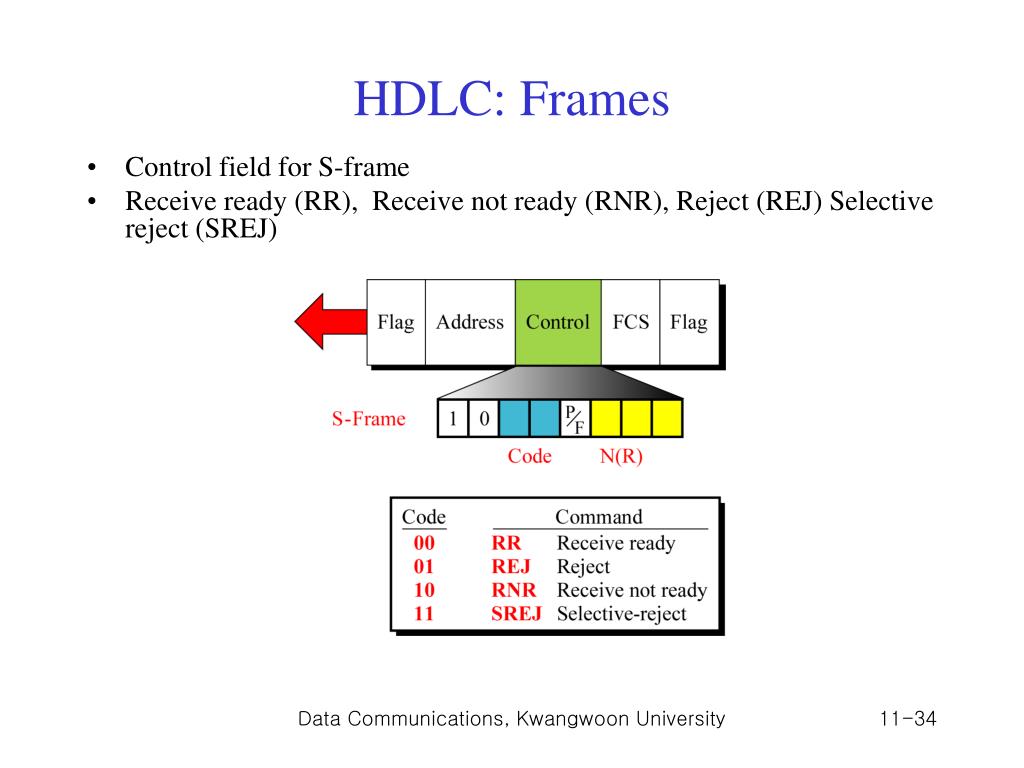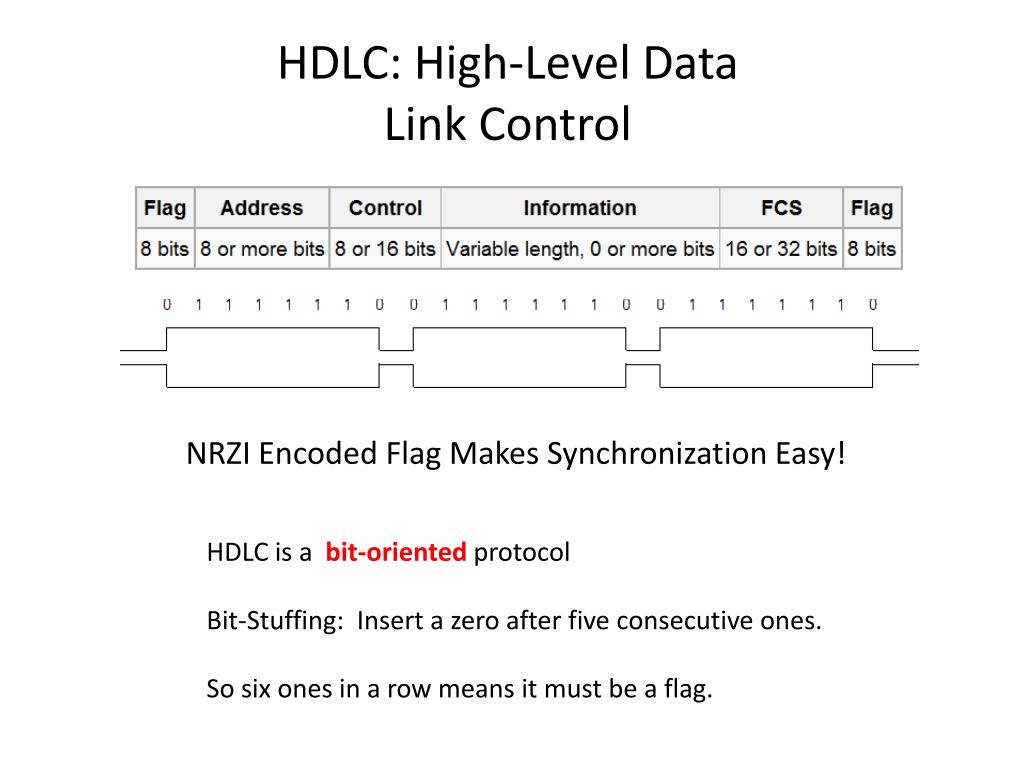

#Ppp frame stuffing for free
Also, as the sender side always knows which sequence is data and which is flag it will only add this extra bit in the data sequence, not in the flag sequence. Framing and PPP Peer-to-Peer Protocols and Local Area Networks University of Colorado System 4.7 (427 ratings) 19K Students Enrolled Course 2 of 4 in the Computer Communications Specialization Enroll for Free This Course Video Transcript In this course, we discuss peer-to-peer protocols and local area networks. The extra bit is added after one 0 followed by five 1 bits regardless of the value of the next bit. This extra stuffed bit is removed from the data by the receiver. So, in this protocol what we do is, if we encounter 0 and five consecutive 1 bits, an extra 0 is added after these bits. Problem with the flag is the same as that was in case of byte stuffing. PPP uses a character-oriented (or byte-oriented) frame. Mostly flag is a special 8-bit pattern “01111110” used to define the beginning and the end of the frame. Note – Point-to-Point Protocol (PPP) is a byte-oriented protocol. To solve this problem, the escape characters that are part of the text are marked by another escape character i.e., if the escape character is part of the text, an extra one is added to show that the second one is part of the text. Whenever the receiver encounters the ESC character, it removes from the data section and treats the next character as data, not a flag.īut the problem arises when the text contains one or more escape characters followed by a flag. Using Byte stuffing (or character stuffing)Ī byte (usually escape character(ESC)), which has a predefined bit pattern is added to the data section of the frame when there is a character with the same pattern as the flag.So, there are two ways to overcome this problem: But the problem with that is, any pattern used for the flag could also be part of the information. To separate one frame from the next, an 8-bit (or 1-byte) flag is added at the beginning and the end of a frame. HDLC describes the encapsulation technique. The HDLC and PPP are the crucial data link layer protocols used in WAN (wide area network) where the HDLC can also be implemented with PPP for the efficient results. But, in variable-size framing, we need a way to define the end of the frame and the beginning of the next frame. The major difference between HDLC and PPP is that HDLC is the bit oriented protocol, while PPP is the character-oriented protocol. In fixed-size framing, there is no need for defining the boundaries of the frames as the size itself can be used to define the end of the frame and the beginning of the next frame. The destination address defines where the packet is to go and the sender’s address helps the recipient acknowledge the receipt.įrames could be of fixed size or variable size. A single flag may be used as the closing flag for one frame and the opening flag for the next. Each frame consists of the sender’s address and a destination address.


The moral of the story is to make no assumptions, and always look at your running configuration after you have configured it.Data link layer is responsible for something called Framing, which is the division of stream of bits from the network layer into manageable units (called frames). Current configuration : 99 bytesįrame-relay interface-dlci 304 ppp Virtual-Template1 R3(config-subif)#no frame-relay interface-dlci 304īuilding configuration. If you want to add the PPP stuff, you have to remove the interface DLCI, and then put it back again with the PPP link: R3#conf t Has it taken it? No it hasn’t! R3#show run int S0/0.34īuilding configuration. R3(config-subif)#frame-relay interface-dlci 304 ppp Virtual-Template1 R3(config)#interface Serial0/0.34 point-to-point You then realize you mistake and try and add on the PPP stuff: R3#conf tĮnter configuration commands, one per line. Suppose you have configured the Virtual-Template, configured the Frame Relay subinterface, but you have forgotten to specify the PPP, so you have something like this: interface Serial0/0.34 point-to-point
#Ppp frame stuffing series
This is the first of a series of postings I intend to write covering some IOS “gotchas”: pitfalls for the unwary in the CLI.


 0 kommentar(er)
0 kommentar(er)
